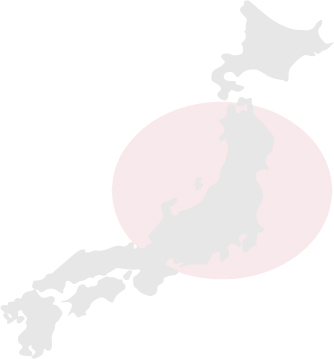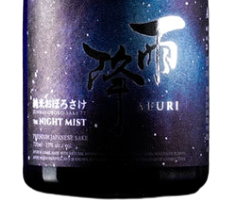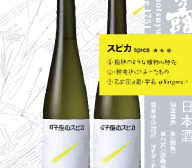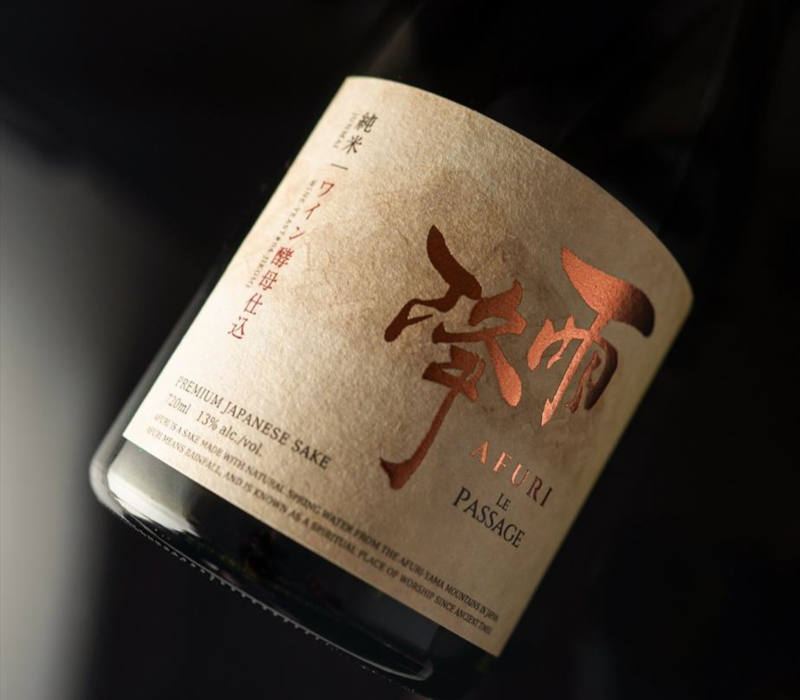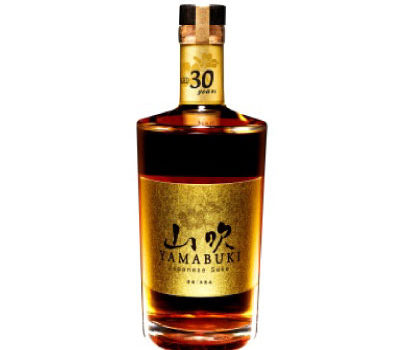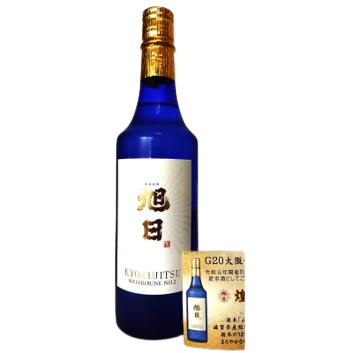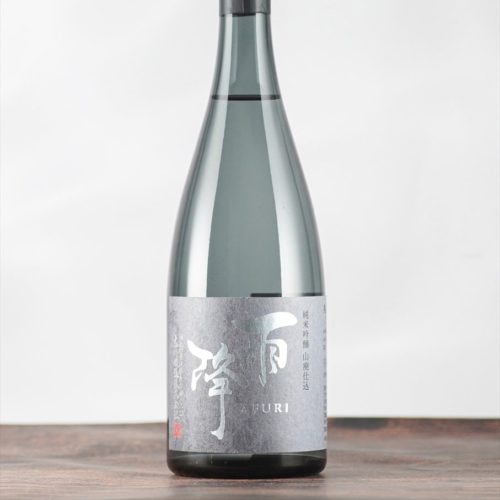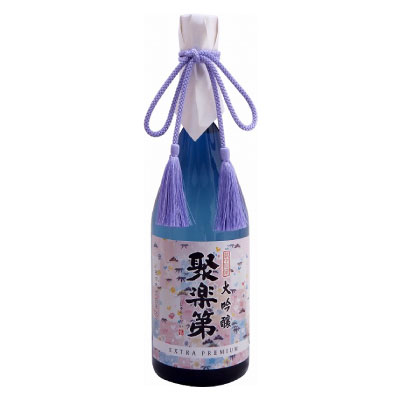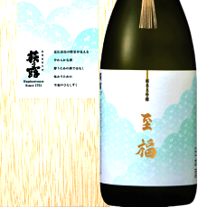Japan has a rich history of sake production, and the country has been known for its high-quality sake for centuries. However, in recent years, the domestic demand for sake has been on a steady decline. According to a report by the National Tax Agency of Japan, the domestic sake market shrank for the 12th consecutive year in 2020. In this article, we will explore the reasons behind the decreasing Japanese demand for Japanese sake.
Changing Drinking Habits
One of the primary reasons for the decline in Japanese sake consumption is changing drinking habits among younger generations. According to a survey by the Japan Sake and Shochu Makers Association, the percentage of young people who drink sake has been steadily decreasing over the years. In 2018, only 28% of respondents in their 20s said they drank sake, compared to 42% in 2012.
Younger generations are opting for other types of alcohol, such as beer, wine, and cocktails, which they perceive as being more versatile and enjoyable. Sake is often seen as a traditional and formal drink, which is not as appealing to younger generations who are looking for more casual and relaxed drinking experiences.
Increasing Competition
The Japanese beverage market is highly competitive, and sake is facing stiff competition from other types of alcohol, both domestic and imported. The growing popularity of craft beer and whisky, for example, has been eating into the market share of sake. The rising popularity of foreign wines and spirits has also made it harder for sake to compete, particularly in the premium price segment.
Aging Population
Japan has one of the oldest populations in the world, and the aging of the population is another factor contributing to the decline in sake consumption. Older generations have been the primary consumers of sake in Japan, but as they age, their consumption decreases. Furthermore, many elderly people are switching to lighter alcoholic beverages or giving up drinking altogether due to health concerns.
Lack of Promotion
Despite its rich history and cultural significance, sake has not been as effectively promoted as other alcoholic beverages. The sake industry has been slow to embrace marketing and branding, and as a result, it has struggled to attract new consumers, particularly younger generations.
In recent years, some sake producers have begun to promote sake as a versatile and innovative beverage, suitable for various occasions and consumption methods. However, more needs to be done to raise the profile of sake and make it more appealing to a wider audience.
High Price
Sake is often perceived as an expensive drink, particularly when compared to other types of alcohol. This is partly due to the high production costs associated with sake production, which involves a labor-intensive process that requires skilled workers.
However, the high price of sake has made it less accessible to younger generations, who often have limited disposable income. Furthermore, many younger drinkers are not willing to pay a premium for traditional drinks and are looking for cheaper alternatives.
Lack of Innovation
Traditionally, sake has been produced using traditional methods, and there has been little innovation in terms of new flavors and varieties. This has made sake less appealing to younger generations, who are looking for new and exciting experiences.
COVID-19 Pandemic
The COVID-19 pandemic has also had an impact on the sake industry in Japan. With the pandemic resulting in the closure of bars and restaurants, the demand for sake has decreased significantly. As a result, many sake breweries have been forced to reduce production, and some have even been forced to close down.
However, the pandemic has also presented opportunities for sake producers to explore new channels of distribution, such as online sales and home delivery. With more people staying at home, there has been an increase in demand for alcohol delivery services, which could help sake producers to reach a wider audience.
In addition there are continued areas of effort and potential:
Export Market
While the domestic demand for sake has been on the decline, the export market for Japanese sake has been growing steadily in recent years. According to the Japan Sake and Shochu Makers Association, sake exports reached a record high of 23,481 kiloliters in 2020, up 1.9% from the previous year.
This trend is expected to continue, as more consumers around the world become interested in Japanese culture and cuisine. Sake producers are also exploring new export markets, such as China and other parts of Asia, where there is growing demand for premium alcoholic beverages.
Exporting sake also presents challenges, such as the need to adapt to different consumer preferences and regulations in different markets. Sake producers will need to invest in marketing and branding to raise awareness of sake and differentiate their products from other types of alcohol. With the help of specialised Japanese sake export companies such as sakeportal.com who support smaller Craft sake breweries with generations of history and awards, the hope is build on the global sake trend with real Artisan sake not made by mass-production and offer a new route to the global market for smaller producers.
Revitalization Efforts
In recent years, there have been efforts to revitalize the sake industry in Japan, both at the national and local levels. The Japanese government has launched various initiatives to promote sake both domestically and internationally, such as holding sake festivals and promoting sake tourism.
Local governments and sake producers have also been working together to promote sake and revitalize local economies. For example, some sake breweries have been collaborating with local restaurants and food producers to create unique dining experiences that highlight local cuisine and sake.
In addition, there have been efforts to modernize sake production and make it more sustainable. For example, some breweries have started to use renewable energy sources and reduce their water usage to reduce their environmental impact.
Conclusion
The declining demand for Japanese sake in Japan is a complex issue that has been driven by changing drinking habits, increasing competition, an aging population, a lack of promotion, high prices, and a lack of innovation. However, there is still hope for the sake industry, as some producers are beginning to explore new opportunities and innovate to appeal to a wider audience.
However, in recent years, some sake producers have begun to experiment with new flavors and production methods. For example, some producers have started to produce sparkling sake, which is similar to champagne and is marketed as a celebratory drink. These innovative products have the potential to attract new consumers and revitalize the sake market.
So while the sake industry faces challenges, it also has a rich history and cultural significance that makes it a unique and valuable part of Japanese culture. With the right strategies and investments, the sake industry can adapt to changing consumer preferences and appeal to a new generation of sake drinkers, both in Japan and around the world.
 Previous Article
Previous Article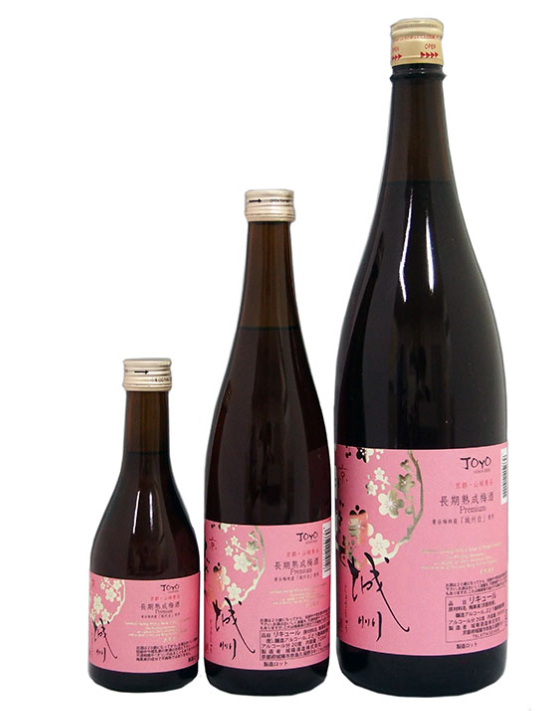 Next Article
Next Article
- Categories:
- Share :
 Previous Article
Previous Article Next Article
Next Article
